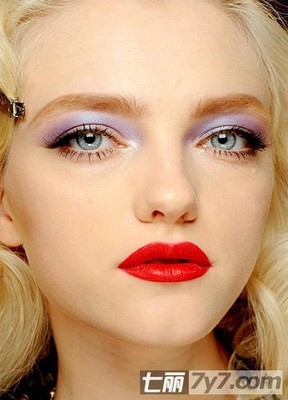1. Attention Economy? Forewordmagazine can make 300 bosses of the famous companies come to Shanghai, and earn 10 millions in three days. WHY?When were playing in Shandong province, there were over 150 advertisements insert, the time is even longer than the teleplay, it is so strange, so disliked, but it makes over 30 millions only in Shandong province. WHY?Yahoo and sohu, they can make billions almost during one night, WHY?Now, it is a new economy---- Attention Economy!10 $ or 10-pair of eyes, which is valuable?Michael h Goahber said in his book : “In the new economy, attention is fortune! Money is easy to flow to attention, but making attention flowed to money is too hard.”2. In this new economy, what should we do? How to be a good manager?1. Do some special things to get more attention.It doesn’t mean to do monkey business, you should do cogitative things.2. Do not reach for what is beyond your grasp.Do you know Wal-mart Market? It is the largest market in the world, but it was found in a small town. In people’s opinion, market should be opened in large city. The fact is this market earned all the attention resources of this town and became larger and larger.3.Do not think anything directional.There are two ways, one is big and one is small. If we let people choose one way alone, which way they will choose? The answer is the small one, because all of them think the others will choose the big one, if they choose the small one, others will not stop them. It is directional thinking, it is not good for success.4.Don’t follow what you have learned, but what you think.Today, everything changed quickly, if you want to earn more attention, you should not go following the others. Do business with your own idea, newer, better.

3. TYPES PRINCIPLE:Six basic units of currency are exchanged in an attention market, each emphasizing a specific facet of focused mental engagement.Six types of attention can be paired into three dimensions. Each pair contains two opposing kinds of attention: (1) captive or voluntary, (2) aversion-based or attraction-based, and (3) front-of-mind or back-of-mind.Captive vs. voluntaryPeople pay attention not only to things they have to pay attention to, but also to what they want to pay attention to. When someone straps you down and props your eyelids open with toothpicks, you tend to pay lots of attention. Movie preview advertisers understand this and pay dearly to sell products (particularly upcoming movies) in the dark of a movie theater. But we give an equally strong form of attention to those things on which we freely choose to focus. Some products are best advertised in magazines or newspapers because they take advantage of "voluntary" attention. It is actually easier for readers to turn the page than to stop and look at the advertising, but when they do stop, tremendous amounts of information can be communicated to the voluntarily attentive mind.Attraction vs. aversionWe tend to pay the most attention to things at either end of the attraction/aversion continuum. Think about yourself people-watching in an airport or some other public place. Which people are the ones that actually get your attention? One category is those that you find most beautiful or attractive - or at least the ones that are "your type."The other category is the exact opposite - the freaks, the truly ugly, the deformed. We hate to admit it, but either one of these categories is likely to make us stop and stare. Partly because it is so politically incorrect to stop and stare, the urge to sneak a peek can become almost obsessive.Front-of-mind vs. back-of-mindThe difference between front-of-mind attention and the back-of-mind version is very simple. Think about yourself driving down the street talking to a friend. Your front of mind attention is the topic of conversation. At the end of the drive you'll be able to think back on it and remember most parts of the dialogue.You probably won't remember much of your back-of-mind attention -- but it was equally important. You probably did not run a single traffic light down the whole road. You paid complete and devoted attention to driving your vehicle, and to all the state and local traffic laws, and you don't even remember it.4. Interpret My AttentionIn Attention Economy, we should know, attention is valuable, but we should ensure the quality of your goods or your service. What is true Attention Economy? It contains another concept, “Thumb Economy”, it means a good product, good quality of your goods or your service.Get “Attention” and save it, it is the hard core of the “Attention economy”!
 爱华网
爱华网


